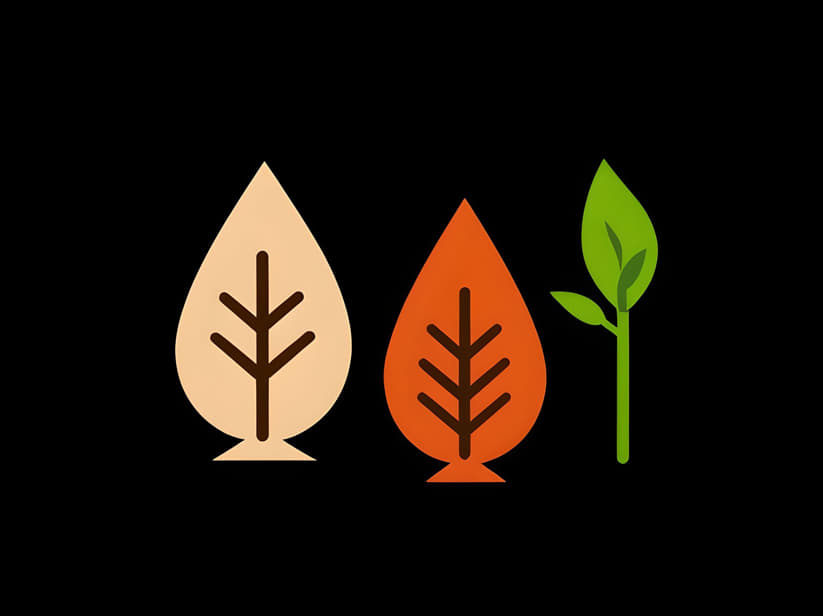
In botany, seeds are diverse in their structure and composition, with albuminous and exalbuminous seeds representing two distinct classifications based on their nutritional reserves and developmental characteristics. This article aims to explore the defining features, benefits, and ecological implications of albuminous and exalbuminous seeds.
Albuminous Seeds: Characteristics and Features
Albuminous seeds, also known as endospermic seeds, are characterized by the presence of a persistent endosperm surrounding the developing embryo. Here are key attributes of albuminous seeds:
- Nutrient Storage:
- Albuminous seeds store reserve nutrients, primarily in the endosperm, which serves as a food source for the developing embryo during germination.
- These nutrients often include proteins, starches, lipids, and other essential compounds required for early seedling growth.
- Structure:
- The seed coat (testa) encloses the embryo and endosperm, providing protection from mechanical damage, desiccation, and microbial infections.
- The endosperm remains intact and provides sustenance to the embryo until it can establish its own nutrient uptake system.
- Examples:
- Common examples of plants with albuminous seeds include maize (corn), wheat, barley, and rice, where the endosperm forms a significant part of the seed’s mass and nutritional content.
Exalbuminous Seeds: Characteristics and Features
Exalbuminous seeds, also referred to as non-endospermic or non-albuminous seeds, differ significantly from albuminous seeds in their structure and nutritional reserves. Key features include:
- Nutrient Storage:
- Exalbuminous seeds do not retain a significant endosperm post-maturation. Instead, the cotyledons (seed leaves) of the embryo store reserve nutrients, such as starches, proteins, and oils.
- During germination, the cotyledons provide nourishment to the developing seedling until it can establish photosynthetic capabilities.
- Structure:
- The seed coat (testa) encloses the embryo, which typically consists of one or two cotyledons and a small embryonic axis (plumule and radicle).
- The absence of a persistent endosperm distinguishes exalbuminous seeds, emphasizing the role of cotyledons in nutrient storage and early seedling development.
- Examples:
- Plants with exalbuminous seeds include beans (such as peas and soybeans), sunflowers, peanuts, and members of the Brassicaceae family (e.g., mustard, broccoli), where cotyledons play a crucial role in seedling growth and nutrient supply.
Ecological and Agricultural Implications
- Adaptation Strategies:
- The presence or absence of an endosperm (albuminous vs. exalbuminous) reflects adaptive strategies to varying environmental conditions, nutrient availability, and seed dispersal mechanisms.
- Albuminous seeds are often associated with plants adapted to nutrient-rich habitats or prolonged seed dormancy periods, while exalbuminous seeds may indicate adaptations to variable or resource-limited environments.
- Human Utilization:
- Understanding seed classifications (albuminous vs. exalbuminous) is essential in agriculture and horticulture for optimizing crop production, seed storage, and germination practices.
- Crop selection and breeding efforts may consider seed nutrient content and storage characteristics to enhance yield, resilience, and nutritional value.
Albuminous and exalbuminous seeds represent distinctive adaptations in plant reproduction and seed development, primarily concerning nutrient storage and seedling establishment strategies. While albuminous seeds rely on a persistent endosperm for nutrient reserves, exalbuminous seeds store nutrients primarily in cotyledons. This differentiation influences seed structure, ecological adaptations, agricultural practices, and human utilization in diverse ways. Understanding these seed classifications enhances our appreciation of plant diversity, ecological interactions, and agricultural sustainability efforts aimed at maximizing crop productivity and resilience in varying environmental conditions.